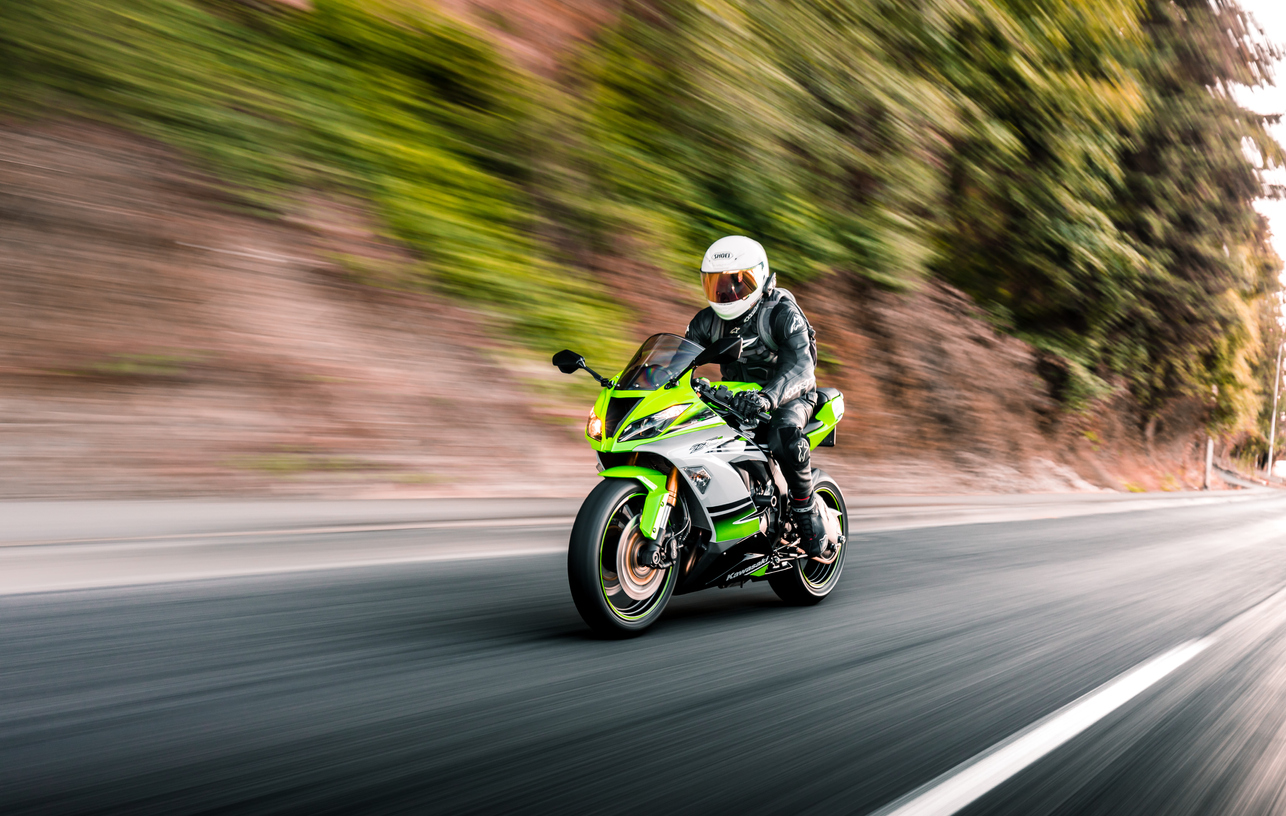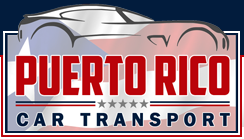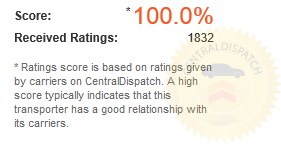How to operate a motorcycle safely
What gear you need to wear

How to operate a motorcycle safely
Always wear a DOT-approved helmet, protective eyewear, sturdy footwear, and appropriate clothing. Make yourself visible to other road users by wearing bright or reflective clothing and always using the motorcycle’s headlights. Position yourself in the lane where you are most visible to others and use turn and hand signals to communicate your intentions. Be alert and anticipate potential hazards on the road. Maintain a safe distance from other vehicles, especially in blind spots. Always assume that other drivers may not see you and be prepared to react defensively.
Obey all traffic laws, signs, and speed limits. Do not weave through traffic, run red lights, or engage in risky maneuvers. Respect other drivers and maintain a predictable riding pattern. Regularly check your motorcycle’s tires, brakes, lights, and fluid levels. Proper maintenance ensures that your bike is in good working condition, reducing the chances of mechanical failure while on the road.
Know your skill level and ride at a pace that is comfortable for you. Gradually build your riding skills and avoid attempting advanced maneuvers or riding in adverse weather conditions until you are confident and experienced enough.
Stay focused and avoid distractions. Keep your attention on the road and avoid distractions such as mobile phones, music, or other activities that divert your attention from riding. Maintain a clear mind and be prepared to react to changing road conditions. Enroll in a motorcycle safety course to enhance your riding skills and knowledge. These courses provide valuable insights and techniques for handling different riding situations.
What gear you need to wear
When riding a motorcycle, wearing appropriate safety gear is crucial to protect yourself from potential injuries. Wearing a properly fitting, DOT-approved helmet is motorcyclists’ most critical safety measure. A helmet protects your head and reduces the risk of severe head injuries in an accident or collision. Choose a helmet that meets safety standards and fits snugly on your head.
Shield your eyes from debris, wind, insects, and other hazards by wearing goggles or a face shield that is either built into your helmet or is detachable. It ensures clear vision and prevents eye injuries.
Wear protective clothing designed specifically for motorcycle riding. This includes a durable and abrasion-resistant motorcycle jacket, preferably made of leather or reinforced textile materials, to shield your upper body from road rash and impacts. Pair it with riding-specific pants or jeans that protect against abrasion and knee injuries. Opt for full-fingered gloves made of durable materials, such as leather or reinforced textiles, to protect your hands from injuries and enhance your grip on the controls. Gloves also provide insulation and shield against weather elements.
Wear sturdy, over-the-ankle boots with good traction to protect your feet, ankles, and lower legs. Motorcycle boots should have oil-resistant soles and provide stability while riding. They protect against burns, impacts, and road debris. Consider wearing reflective or high-visibility clothing to enhance your visibility to other drivers, especially during low-light conditions or at night. This improves your chances of being seen and reduces the risk of accidents.


